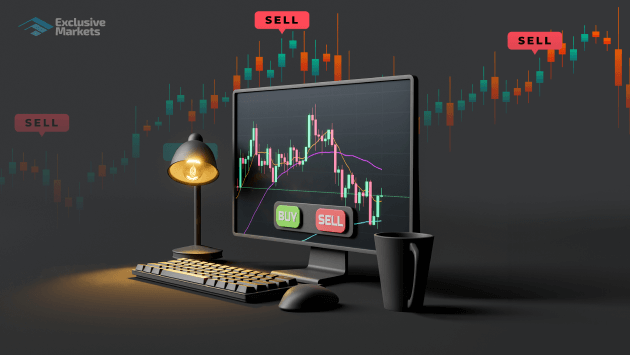
The Ultimate Guide to Forex Trading Signals
Forex trading signals are vital tools for both new and experienced traders. They provide valuable information on when to enter or exit trades based on market conditions. Utilizing signals can enhance your trading strategy and lead to improved profitability. In this comprehensive guide, we will explore the various types of Forex trading signals, how they work, and how to effectively use them to your advantage. If you’re looking for a reliable forex trading signals Trading Platform TH, you’ll learn how signals can integrate into your trading routine for better results.
What Are Forex Trading Signals?
Forex trading signals are indicators or alerts that provide recommendations on currency pairs to trade, along with entry and exit points. These signals can come from various sources, including professional traders, software programs, or trading platforms. They simplify the trading process by taking away the guesswork and providing clear guidelines.
Types of Forex Trading Signals

There are several types of Forex trading signals, each with its own advantages and disadvantages. Understanding these different types will help you choose which ones best fit your trading style and strategy:
- Manual Signals: These signals are generated by experienced traders who analyze the market and share their insights through various channels such as email, social media, or trading platforms. They often provide in-depth analysis and reasoning behind their suggestions.
- Automated Signals: These signals rely on sophisticated algorithms and software to analyze market data and generate trading recommendations automatically. Automated signals can be beneficial for traders who prefer a hands-off approach.
- Technical Analysis Signals: These signals are derived from technical indicators and patterns on price charts. Traders use tools like moving averages, RSI, or Fibonacci retracement levels to identify potential trade opportunities.
- Fundamental Analysis Signals: These are based on economic data releases, geopolitical events, and central bank policies. Keeping an eye on news events and economic indicators can help traders anticipate market movements and generate signals accordingly.
How to Use Forex Trading Signals
Utilizing Forex trading signals effectively can improve your trading outcomes. Here are some steps to follow:
- Choose a Reliable Source: Whether you prefer manual signals, automated systems, or a blend of both, ensure that your source of signals is credible and has a proven track record.
- Understand the Signals: Take the time to analyze the suggestions you receive. Each signal usually comes with entry and exit points, and possibly stop-loss levels. Make sure you understand these parameters before acting.
- Test the Signals: Before trading with real money, practice using signals in a demo account. This will help you get comfortable with the recommendations and understand how they fit into your trading strategy.
- Manage Your Risk: Always incorporate risk management strategies when following signals. Never risk more than you can afford to lose, and consider using stop-loss orders to protect your capital.
- Keep Learning: The Forex market is dynamic, and new strategies and signals emerge regularly. Continuously educate yourself on the market and the tools you use.
Benefits of Using Forex Trading Signals
There are several advantages to using Forex trading signals:
- Time-Saving: Signals can save you substantial time by eliminating the need for constant market analysis.
- Improved Decision Making: With expert insights delivered to you, you can make more informed trading decisions.
- Better Discipline: Following a signal can help mitigate emotional trading, allowing for a more disciplined approach.
- Access to Expert Strategies: Many signal providers are experienced traders, so you gain access to their knowledge and strategies.

Challenges and Limitations of Forex Trading Signals
Despite their benefits, Forex trading signals also come with challenges:
- Dependence on the Source: Relying entirely on signals can make you vulnerable if your source is not reliable. It’s essential to verify the accuracy of the signals you receive.
- Market Volatility: Forex markets can be highly volatile, and signals may become irrelevant quickly if market conditions change drastically.
- Risk of Overtrading: The abundance of signals can tempt traders to overtrade or take unnecessary risks, leading to potential losses.
Conclusion
Forex trading signals can be an invaluable part of your trading toolkit, offering insights and recommendations that can enhance your trading strategy. By understanding the different types of signals and how to effectively use them, traders can improve their decision-making and potentially increase their profitability. Always remember to practice diligent risk management and continuously educate yourself on the evolving Forex landscape. Whether you are just starting or looking to refine your strategy, incorporating signals into your trading routine can lead to better outcomes.
By leveraging tools like Forex trading signals, you can navigate the complexities of the market with greater confidence and clarity. The key is to find a reputable provider, understand the signals, and implement them within a well-defined trading strategy.
